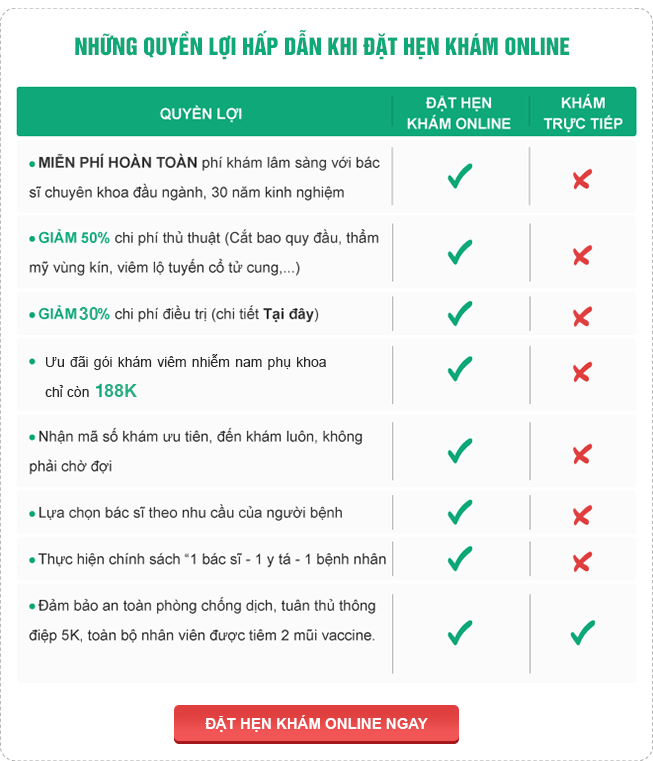
In contrast, FOB Destination means the seller retains ownership, costs, and risks until the goods are delivered to the buyer’s specified location. The seller is responsible for transportation, insurance, and ensuring the goods arrive safely at their destination. Additionally, the seller is responsible for transportation costs, import customs clearance, and the unloading and transportation of the goods from the destination port to the buyer’s specified location. This distribution of responsibilities delineates each party’s distinct roles in ensuring the secure and efficient delivery of goods to the buyer’s destination. If “Freight Prepaid” is where the seller takes on the shipping costs, “Freight Collect” flips that script. In a Freight Collect arrangement, the buyer pays for all shipping costs, from the originating port to the final destination.
Danh Mục
Choosing Between FOB Shipping Point and FOB Destination
- In a FOB shipping point agreement, ownership transfers from the seller to the buyer once the goods are delivered to the point of origin.
- This means there is a difference between the legal terms of the arrangement and the typical accounting for it.
- For example, let’s say Company ABC in the United States buys electronic devices from its supplier in China and signs a FOB shipping point agreement.
- Additionally, FOB Destination can be a good option if the buyer is located far from the seller or if the goods are fragile and require special handling.
- If your business buys or sells goods overseas, choosing the best Incoterms® rule for your cargo can sometimes be confusing, especially if you’re new to the world of overseas freight shipping.
- As opposed to “delivered”, which means that the seller bears all risks and costs until the goods get to the buyer’s destination.
The buyer receives ownership of the goods once they arrive at their destination and may inspect them before accepting them. Understanding Free on Board (FOB) is crucial for businesses engaged in domestic and international trade. FOB Origin and FOB Destination each come with their own set of responsibilities, costs, and risks for buyers and sellers. By clearly defining these terms in their contracts and agreements, parties can help ensure a smooth transfer of goods and minimize the potential for disputes. The seller assumes all shipping costs and manages the logistics, ensuring that the buyer receives the goods in the agreed condition.

FOB Shipping Point vs. Destination
Given that it offers many benefits to both exporters and importers, it can be an attractive choice for companies that want to minimize risks and streamline operations. However, it’s important to consider your unique needs when deciding if FOB shipping is the right choice for your business. With the advent of e-commerce, most commercial electronic transactions occur under the terms of “FOB shipping point” or “FCA shipping point”. The seller is always responsible for paying export customs clearance in the country of origin when agreeing to use FOB, as they have to get the goods cleared and “free” for the buyer. The most common international trade terms are Incoterms, which the International Chamber of Commerce publishes, though firms that ship goods within the U.S. must adhere to the Uniform Commercial Code.

Port of New York & New Jersey: Key Shipping Hub
They must ensure goods are properly packaged to safeguard them during transit and comply with regulatory standards, such as those set by OSHA for hazardous materials. If your business buys or sells goods overseas, choosing the best Incoterms® rule for fob shipping point your cargo can sometimes be confusing, especially if you’re new to the world of overseas freight shipping. With a CIF agreement, the seller agrees to pay the transportation fees, which include insurance and other accessorial fees, until the cargo is transferred to the buyer.
- This means that the buyer assumes ownership and responsibility as soon as the goods are safely loaded onto a shipping vessel.
- Using standardized FOB terms ensures alignment with international trade practices and regulations, facilitating smoother customs clearance and documentation handling.
- This enables a smooth handover between seller and buyer at the point of shipment origin.
- FOB destination pricing shifts those costs and ownership to the seller until delivery, often raising the goods’ price to offset expenses.
- The seller pays for freight costs until the goods reach the buyer’s specified destination in FOB destination agreement.
- With this option, the seller assumes more risk and responsibility, which can provide buyers with peace of mind.
- The party that takes responsibility of goods from the point of origin must also arrange and pay for cargo insurance.
EX Works (EXW) vs. Free on Board (FOB): Key Differences
Once the goods are cleared and loaded on the vessel, they become the buyer’s responsibility. FOB Shipping Point generally leads to lower shipping costs for the seller but transfers transportation costs to the buyer. Conversely, FOB Destination increases shipping costs for the seller as they cover the entire transportation process. FOB Destination is often preferred by buyers who want assurance that the goods are delivered safely and in good condition without bearing transportation risks or costs. It also allows buyers to have more control over the shipping process, such as choosing the carrier and shipping method that best suits their needs. One important thing to note about FOB Shipping Point is that it is different from FOB Destination.
By clearly defining roles and responsibilities, FOB terms streamline logistics operations, ensuring smoother communication between buyers, sellers, and logistics providers. Certain vendors and merchants tend to use FOB origin for smaller value products and sign destination contracts for more intricate shipments, such as machinery. With FOB origin, a small business that imports goods from Hong Kong, let’s say Financial Forecasting For Startups porcelain lanterns, must pay for any damage caused during shipping and handling.
- Shopify Markets helps you sell to multiple countries and scale your business internationally—all from a single Shopify store.
- Meanwhile, DAP places more responsibility on the seller for the transport costs, streamlining the delivery process to the buyer’s designated destination.
- Company B, a retailer, implemented F.O.B. shipping point terms to streamline their supply chain, resulting in increased customer satisfaction and reduced inventory holding costs.
- This clarity aids in negotiating insurance premiums and ensuring adequate protection.
- A related but separate term, “CAP,” (customer-arranged pickup) is used when the contract is for the buyer to arrange transport via a carrier of their choice, to retrieve the goods from the seller’s premises.
- The buyer is responsible for paying the freight cost when the terms are FOB shipping point.
Risk (Damage & Loss)
When goods are labeled as FOB shipping point, the seller’s role in the transaction normal balance is complete when the purchased items are given to a shipping carrier and the shipment begins. For example, assume Company XYZ in the U.S. buys computers from a supplier in China and signs a FOB destination agreement. If an accident prevents the computers from being delivered, the supplier takes full responsibility for the computers and must reimburse Company XYZ or reship the computers. Free on board, also referred to as freight on board, only applies to shipments made via waterways and doesn’t apply to goods transported by vehicle or air. The seller is responsible for paying the freight cost when the terms are FOB Destination. Our team of experts can help you assess your options and choose the best shipping agreement for your needs so that you can make an informed decision about whether FOB is right for your business.
FOB Destination Example
This means the seller will bear any costs, damages, or losses that occur during transit. While FOB terms may shift transit risk, buyers should ensure their policies cover potential losses. This includes regularly assessing policy limits and exclusions for alignment with business needs.







